As more inhabitable land is swallowed by rising water due to climate change, the United Nations University (UNU) and Nansen Initiave have published a report warning governments to integrate considerations of people and populations displaced by climate change into national policy, or face conflict and insecurity.
The report, “Integrating Human Mobility Issues within National Adaptation Plans,” was completed by the United Nations Univeristy Institute for Environment and Human Security (UNU-EHS) and the Nansen Initiative, a project that studies how internationally displaced people can be helped, and that was formed in 2012 by the Norwegian and Swiss governments.
The Pacific, Central America, the ‘Greater Horn of Africa’, and South-East Asia and South Asia in particular have already been affected by climate change, causing problems with migration.
People are migrating due to sea level rise, violent storms, droughts and other effects of climate change, according to the report. The migrations are massive and unplanned. Some are temporary, some are permanent. The report also said that the conflict and insecurity that will result from sudden movements of populations due to lack of land should be planned for and accommodated.
The first large migrations have been due to both environmental and economic factors associated with the beginnings of climate change. An example from the report is of the Kiribati islanders, who, threatened with immanent displacement by the submersion of their island, have partially migrated to countries such as Australia, where they were trained in fields such as nursing and other skills useful in foreign lands. The wages from the employment, sent back to Kiribati, help other islanders to stay for the time being.
Other migrations considered in the report include the migration from North Africa across the Mediterranean to Europe to seek a new life. In 2009 in Kuna, Panama, 65,000 people were relocated from low-lying regions due to irregular rainfall and draught. In Africa’s Greater Horn area, significant migrations have resulted from droughts and floods, including migrations of hundreds of thousands from Somalia into Kenya, Ethiopia and Djibouti in 2010-2011.
The report also studied the national adoption programmes (NAP) of 50 countries affected by climate change, which fear upcoming migrations, such as low-lying Bangladesh, dry African nations, and Pacific and Caribean islands.
Specifically, displaced families will need the basics: land, housing, financial services, health, education, jobs, water and sanitation.
The conclusion of the report is that many things are needed to meet the upcoming challenges. The migrating populations will need to be provided land, homes and jobs to support their families, as well as other of the basics: financial services, health, education, water and sanitation. NAPs should aim at integrating newcomers into existing communities and political structures, and the particular needs of the vulnerable, the elderly, children and women should be considered, the report said. At the same time, efforts should be made to preserve the cultural and spiritual identieies of the migrants.
The UNU-Nansen Initiative’s first project was to develop various plans to meet the needs of different types of displaced human mobility. The secong project was applying their understanding to meaningful planning and operations. “. Hence,” the report reads, “this document explores how NAPs can address human mobility and help strengthen theadaptive capacity of countries. This will allow for better and more informed responses and policies around adaptation and human mobility”
By Day Blakely Donaldson
“Integrating Human Mobility Issues within National Adaptation Plans”
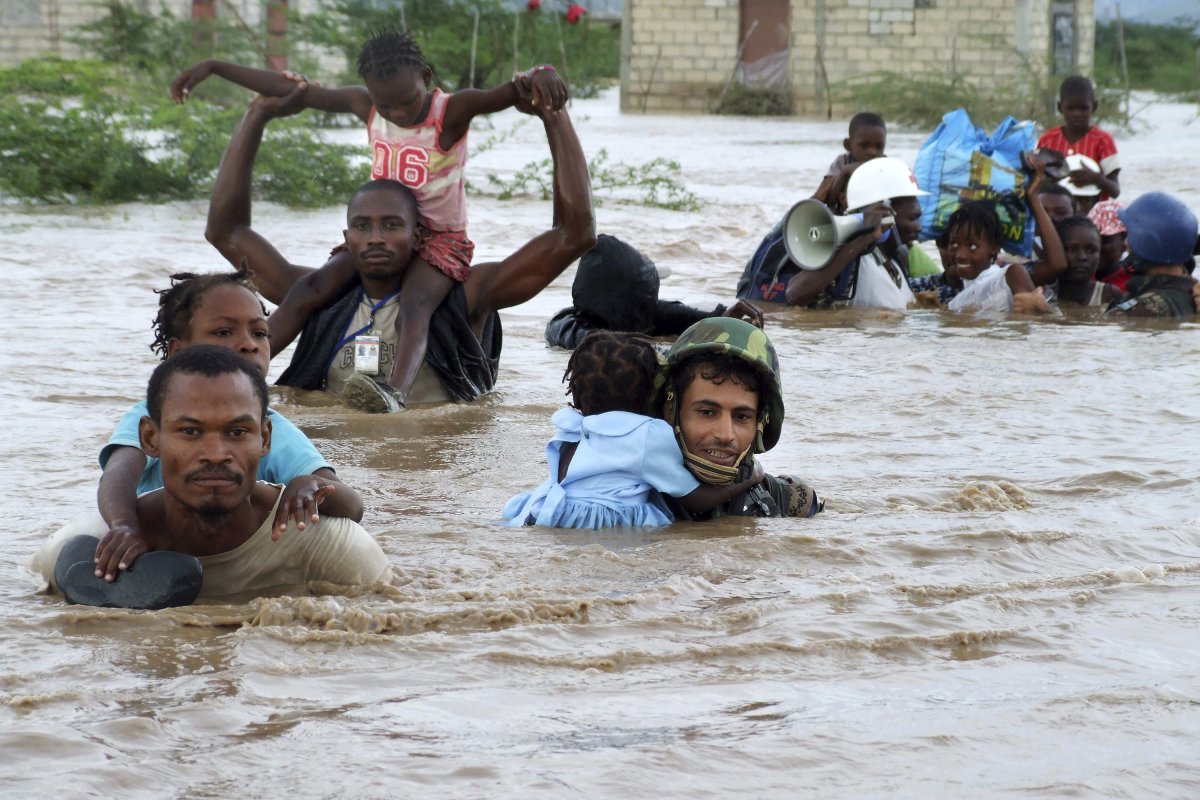
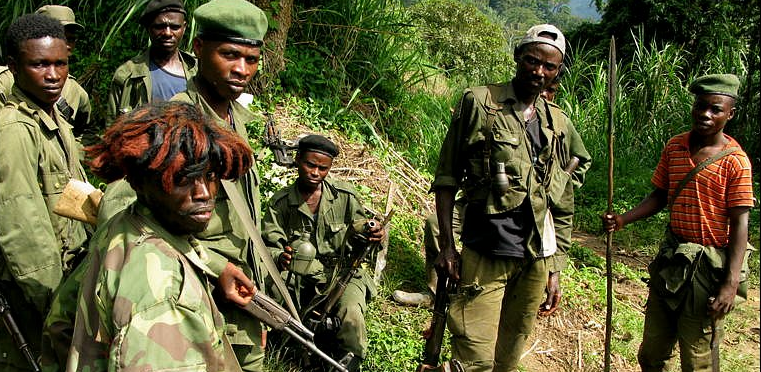
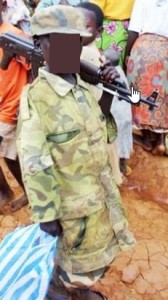 raped. Nearly 50 women and girls are raped every hour.
raped. Nearly 50 women and girls are raped every hour.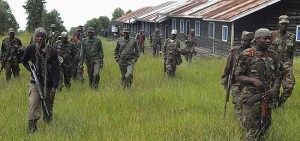
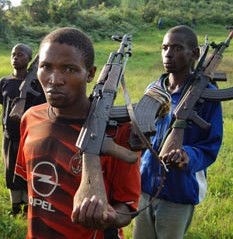 age. “They’re numb, they have been skewed, they have a different sense of what is normal. But this doesn’t mean they’re not aware of what they’re doing,” said Lloyd-Davies. Some soldiers express remorse, such as a man in “Seeds of Hope” who also said he would not admit his crimes unless his superiors were prosecuted. “They are the ones who sent us,” he said. “If those who committed these crimes can be arrested and judged, then that would be good.”
age. “They’re numb, they have been skewed, they have a different sense of what is normal. But this doesn’t mean they’re not aware of what they’re doing,” said Lloyd-Davies. Some soldiers express remorse, such as a man in “Seeds of Hope” who also said he would not admit his crimes unless his superiors were prosecuted. “They are the ones who sent us,” he said. “If those who committed these crimes can be arrested and judged, then that would be good.”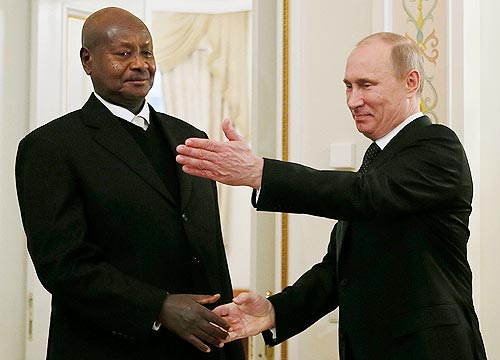
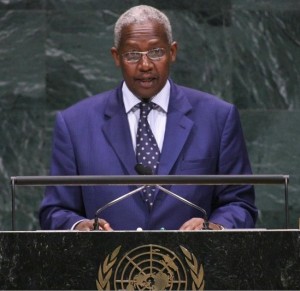 world headlines for aggression in Ukraine, and both have recently made headlines for passing strict anti-gay legislation–in contravention of and threatening the guarantees of the UN Charter of Rights and Freedoms, according to top UN representatives.
world headlines for aggression in Ukraine, and both have recently made headlines for passing strict anti-gay legislation–in contravention of and threatening the guarantees of the UN Charter of Rights and Freedoms, according to top UN representatives.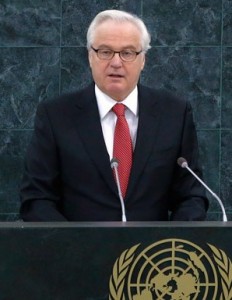
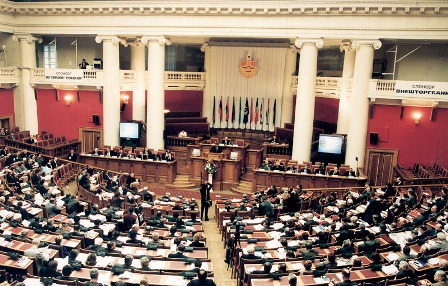
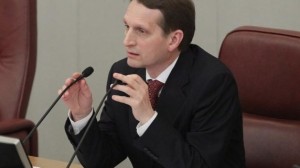
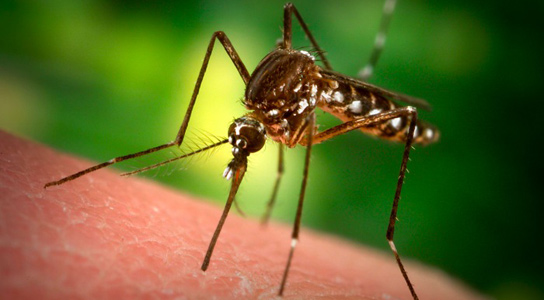
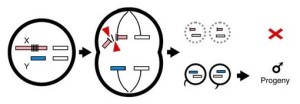 The process of genetic modification used involves inserting a DNA cutting enzyme called l-Ppol into the mosquitoes. The enzyme cuts the DNA of the X chromosome during sperm production. Therefore, during mating, almost no X chromosomes exist to pass on, so offspring usually bear the XY pair, and are born female.
The process of genetic modification used involves inserting a DNA cutting enzyme called l-Ppol into the mosquitoes. The enzyme cuts the DNA of the X chromosome during sperm production. Therefore, during mating, almost no X chromosomes exist to pass on, so offspring usually bear the XY pair, and are born female.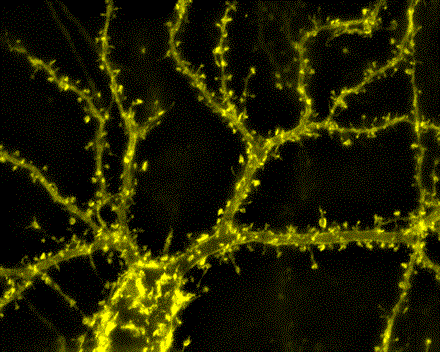

 ines represent the formation of a new memory. Such dendritic structures are subject to strengthening and decay.
ines represent the formation of a new memory. Such dendritic structures are subject to strengthening and decay.
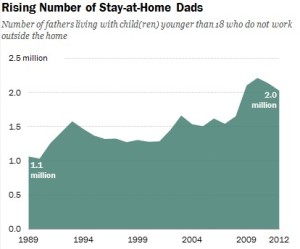
 these stay-at-home dads, 23 reported that they could not find a job. For mothers, 73 percent reported that they were home in order to care for their family.
these stay-at-home dads, 23 reported that they could not find a job. For mothers, 73 percent reported that they were home in order to care for their family.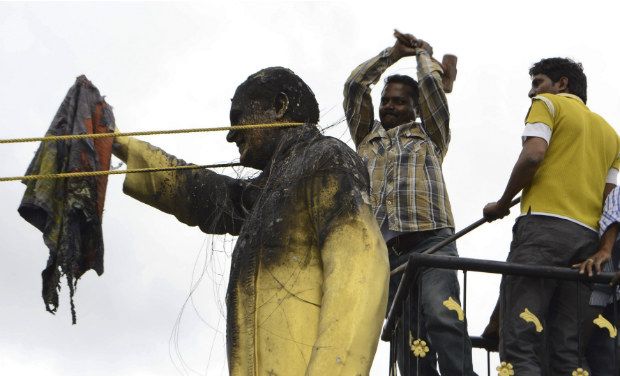
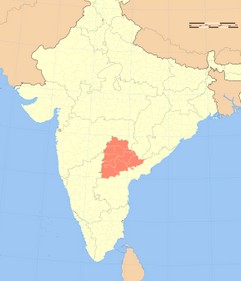 elected its first Speaker of the Telangana Assembly Tuesday, unopposed, one week after the creation of India’s 29th state.
elected its first Speaker of the Telangana Assembly Tuesday, unopposed, one week after the creation of India’s 29th state. system whereby the government sets aside a percentage of seats for “backward” and underrepresented communities, which discouraged the merit-based system and encouraged vote bank politics while diminishing social gaps.
system whereby the government sets aside a percentage of seats for “backward” and underrepresented communities, which discouraged the merit-based system and encouraged vote bank politics while diminishing social gaps.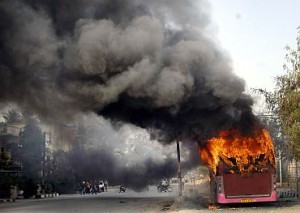
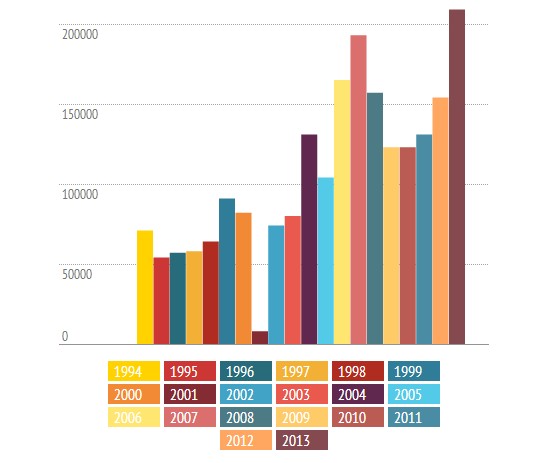
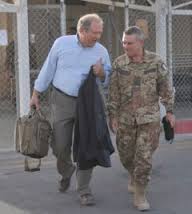

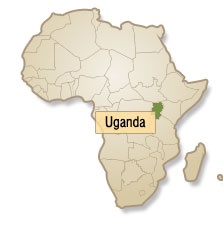
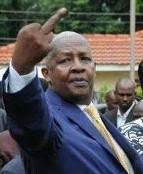
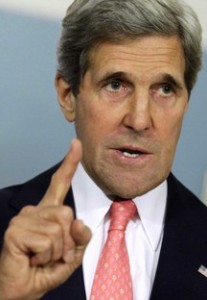
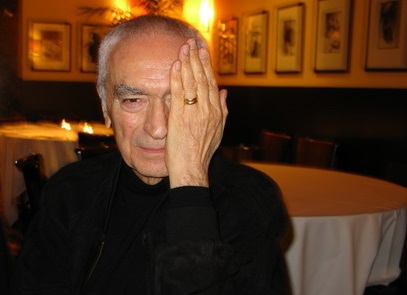


 important element of an airplane. So we used Helvetica, which was brand new at the time. And we wanted to make one word of American Airlines, half red and half blue. What could be more American than that? And there were no other logos then that were two colors of the same word. We took the space away, made one word, and split it again by color. It looked great. The typeface was great. We proceeded by logic, not emotion. Not trends and fashions.”
important element of an airplane. So we used Helvetica, which was brand new at the time. And we wanted to make one word of American Airlines, half red and half blue. What could be more American than that? And there were no other logos then that were two colors of the same word. We took the space away, made one word, and split it again by color. It looked great. The typeface was great. We proceeded by logic, not emotion. Not trends and fashions.”


